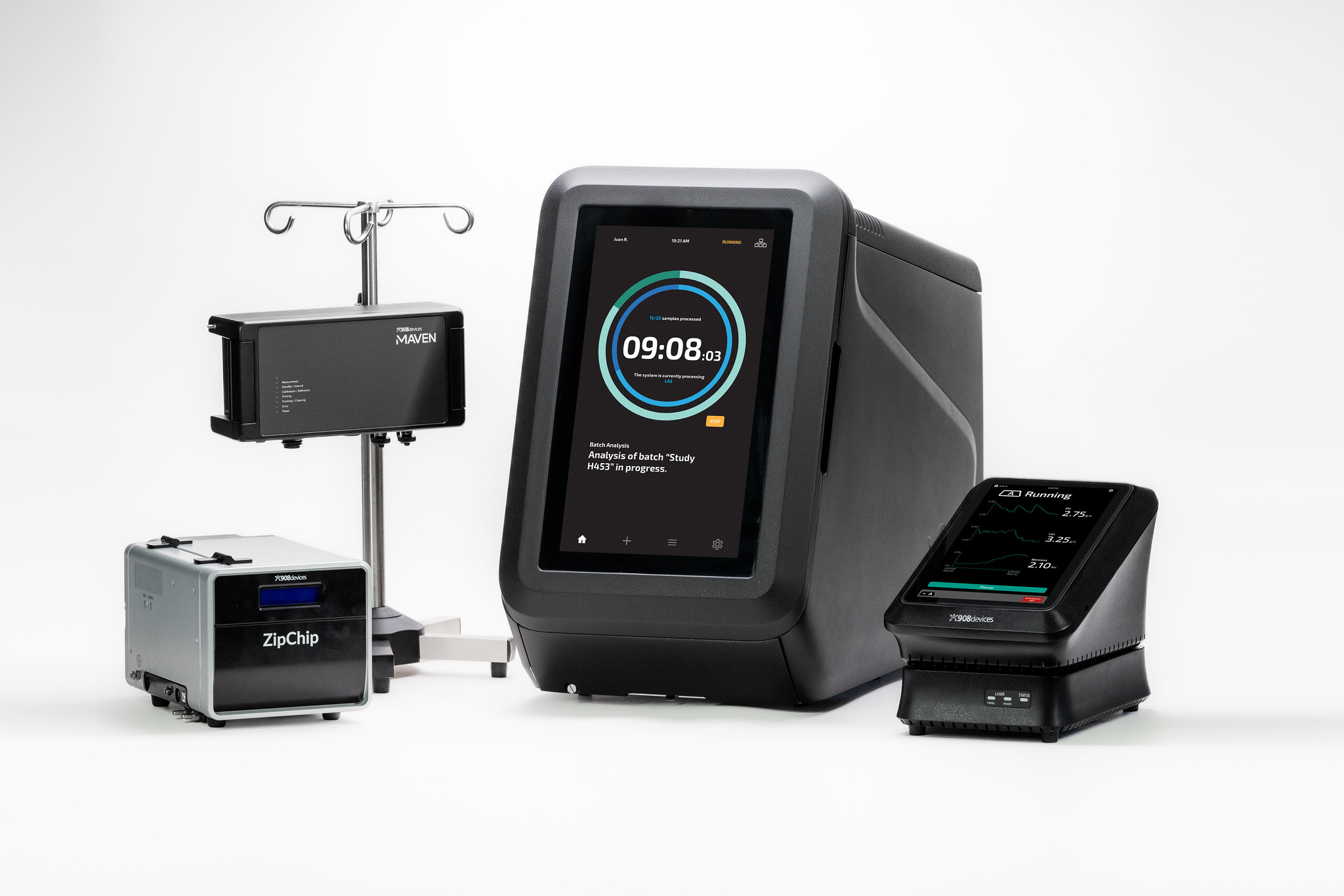In the fast-growing bioprocessing field, high-resolution data on product and critical process parameters are fundamental to enhancing process understanding, accelerating development, and ensuring consistent product quality. Recent advancements in artificial intelligence (AI) are changing how biopharmaceutical developers approach process monitoring, control, and optimization. However, AI models require rich datasets to achieve reliable outcomes, making integration of Process Analytical Technologies (PAT) into biopharma development and manufacturing essential for widespread AI adoption.

The U.S. Food and Drug Administration (FDA) has long advocated the implementation of PAT to enable real-time process monitoring and control. In practice, PAT provides continuous insight into critical process parameters (CPPs) and critical quality attributes (CQAs). This information is especially important for training AI models to detect subtle variations in cell culture, forecast process performance, and suggest timely process adjustments. To meet the need for robust analytical data, 908 Devices offers a range of easy-to-use advanced analytical tools designed to deliver rapid, high-quality information on key bioprocess parameters and product attributes. The goal is to make PAT accessible without the usual cost, complexity, or specialized expertise.
Faster Cell Culture Media Development with REBEL
REBEL provides rapid, at-line analysis of cell culture media. The immediate insight into nutrient concentrations enables scientists to screen fresh media, develop feeding strategies, and monitor nutrient concentrations in production runs. REBEL data can be used in training of predictive models to forecast cell culture dynamics and guide process optimization, such as suggesting the optimal feeding strategies to prevent overfeeding or nutrient depletion. Furthermore, the composition of cell culture media often correlates with critical quality attributes (CQAs) of biopharmaceuticals, such as glycosylation in monoclonal antibodies. Supervised learning models trained on historical data can help predict product CQAs, allowing for timely process adjustments.
Real-Time Process Monitoring with MAVERICK, MAVEN, and TRACE C2
Real-time monitoring and control are essential for maintaining optimal process conditions during cell culture processes. Devices such as MAVERICK, MAVEN, and TRACE C2 enhance this capability through in-line and on-line monitoring, ensuring optimal process parameters are maintained across different development stages.
- MAVERICK, an in-line PAT device based on Raman spectroscopy, offers an out-of-the-box option for monitoring glucose, lactate, and biomass with the simplicity of a pH meter. By utilizing Raman spectral data collected with MAVERICK in conjunction with reference measurements of critical process parameters, scientists can develop multivariate calibration models to enable real-time monitoring and control of multiple process parameters and critical quality attributes in cell culture processes.
- MAVEN and TRACE C2 complement MAVERICK by providing on-line bioprocess monitoring capabilities, focusing on the concentrations of glucose, lactate, methanol, and ethanol. These devices employ biosensing technology and the proprietary diffusion-based sampling technique to deliver real-time monitoring and control in cell culture and fermentation processes.
The real-time process data collected by these devices can be integrated with other process information to train AI models and enhance Model Predictive Control (MPC) algorithms. This integration significantly improves process understanding, control, and efficiency.
Rapid Characterization of Biotherapeutic Proteins with ZipChip and Mass Spectrometry
The development of biologics requires comprehensive characterization of critical quality attributes (CQAs), such as charge variants, glycosylation profiles, and post-translational modifications (PTMs). ZipChip utilizes capillary zone electrophoresis technology to rapidly separate samples and seamlessly introduce them into a mass spectrometer. Data generated with ZipChip-MS can be combined with real-time process information to identify relationships between critical process parameters and product quality attributes. This approach accelerates the progression of potential therapeutics toward clinical trials, streamlining the drug development process.
Conclusion
As AI applications continue to transform bioprocess development and manufacturing, high-resolution data remains the key enabler. With advanced analytical tools from 908 Devices, biopharma organizations can gather essential process and product data. This capability not only strengthens day-to-day process decisions but also provides the foundation for AI-driven optimization and predictive modeling; ultimately enhancing consistency, throughput, and accelerating time-to-market.
